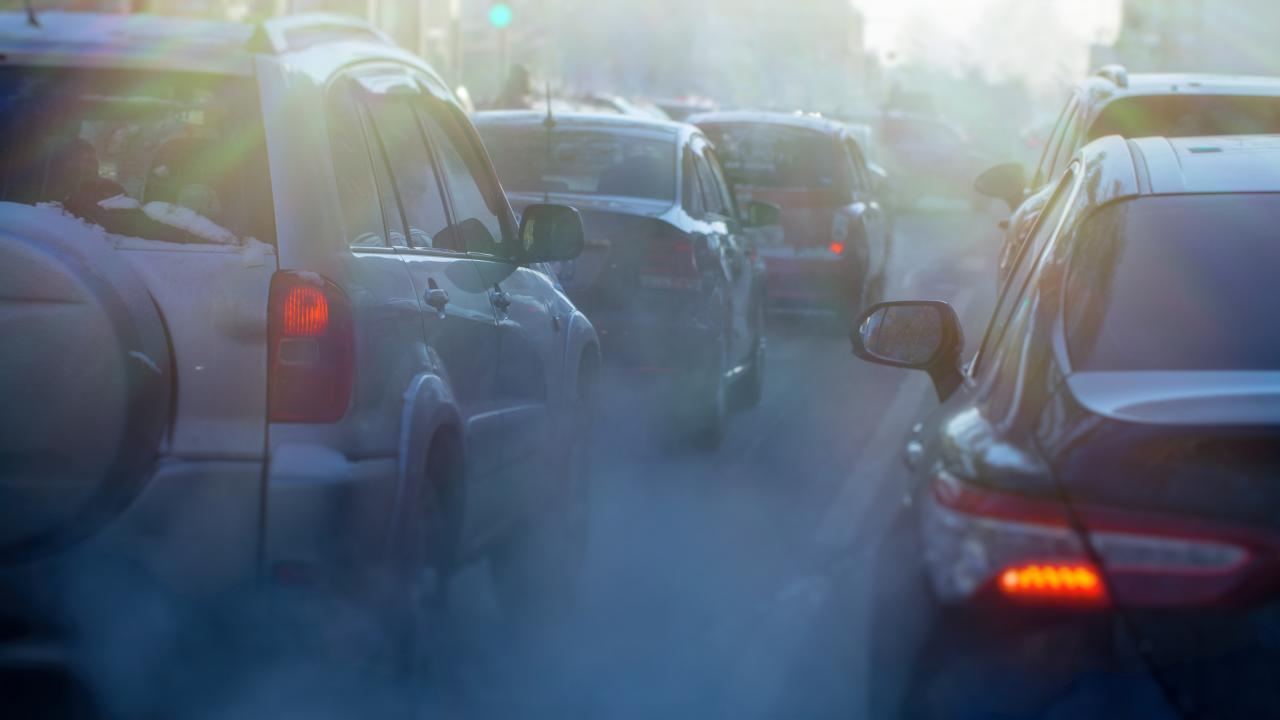
Air pollution- A Real Heartbreaker
Air quality across America has improved dramatically over the past few decades, making many a doctor’s heart sing. Since passage of the Clean Air Act of 1970, the six most common air pollutants dropped an average of 73 percent. By decreasing the pollution people breathe, so goes the risk of stroke, heart disease, lung cancer and respiratory disease.
This monumental achievement seems to solve many health problems, but like so many matters of the heart, it’s more complicated than that. Four in 10 Americans still live in counties with unhealthy air, and roughly 4.2 million people die prematurely every year as a result. Even when living the healthiest lifestyle, there’s no escape from breathing the air outdoors.
How does air pollution affect my heart?
Air pollution is filled with fine particles, noxious gases, ground-level ozone and tobacco smoke. Health problems begin when inhaling fine particulate matter under 2.5 microns, which is equivalent to about one-tenth the diameter of a single strand of hair.
Since these particles are so small, they have an easy time entering the lungs. When a person inhales these particles, they can cause chronic cardiovascular problems including:
- Increased risk of blood clots
- Increased blood pressure
- Inflammation of the heart
- Irregular heartbeat
Atherosclerosis is a build-up of fat, cholesterol and other substances that create a plaque. This plaque hardens in the arteries, restricting blood flow to vital organs such as the heart or brain. Although it’s well known that air pollution can trigger a heart attack or stroke in people with atherosclerosis, it’s unclear why this occurs.
Researchers like Christoph Vogel at the UC Davis Environmental Health Sciences Center are trying to get to the bottom of this by conducting studies on cellular proteins in atherosclerosis patients who are exposed to traffic-related air pollution.
Who is at risk for heart problems?
According to the World Health Organization (WHO), 91 percent of the world's population lives in an area that exceeds the WHO guidelines for air pollution. This means no matter where you’re located, there’s a chance air pollution can affect the health of your heart.
Specific groups are more prone to the effects of air pollution due to age, health status and location, including:
- Children
- Older adults
- People who smoke
- People with chronic illnesses (such as asthma) and cardiovascular diseases
- People with type 2 diabetes (especially women)
- People who live in an area where where they’re exposed to wildfire smoke emissions (smoke can drift over 100 miles)
- Poor people. According to the 2018 State of the Air report, there’s evidence that people living in poverty are at a higher risk of health problems related to air pollution. Last year alone, 18.3 million people who met the federal income poverty level, lived in a county that received an F for at least one air pollutant.
How do I stay safe from air pollution?
Even though air pollution is impossible to completely escape, there are ways to reduce the chance of your heart being affected. The more heart healthy you are now, the less likely you are to be affected by pollution later in life when you’re more vulnerable to health problems.
Start by making positive food choices and exercising daily. Manage any disease or illness you currently have to keep yourself healthy. Be aware of the air you breathe, and check the air quality index (AQI) before you spend long periods of time outside.
When air conditions are unhealthy exercise inside to reduce your risk. Avoid substantial periods of time downwind from industrial sites, freeways and busy roads.
Invest in an air purifier or filtration system in your home. A recent study suggested that the use of an air filter or purifier could help combat environmental pollutants by reducing indoor fine air particle concentrations as much as 60% .
Air quality is ranked by how healthy to unhealthy air is to breathe:
- Good (0 to 50 AQI): Air quality is satisfactory and air pollution poses little or no risk. Good is marked with a green flag.
- Moderate (51 to 100 AQI): Air quality is acceptable but some air pollutants may cause a moderate health concern. Moderate is marked with a yellow flag.
- Unhealthy for sensitive groups (101 to 150 AQI): Some people may experience health effects. Unhealthy for sensitive groups is marked with an orange flag.
- Unhealthy (151 to 200 AQI): The general public may experience health effects, while sensitive groups may experience serious effects. Unhealthy is marked with a red flag.
- Very unhealthy (201 to 300 AQI): Everyone is susceptible to serious health effects. Very unhealthy is marked with a purple flag.
- Hazardous (301 to 500 AQI): Everyone is susceptible to emergency health conditions. Hazardous is marked with a maroon flag.
Maddie Hunt is a former editorial assistant and budding science writer for the Environmental Health Sciences Center at UC Davis. She is a recent UC Davis graduate, with a Bachelor's in Global Disease Biology and plans to start her career in health communications.